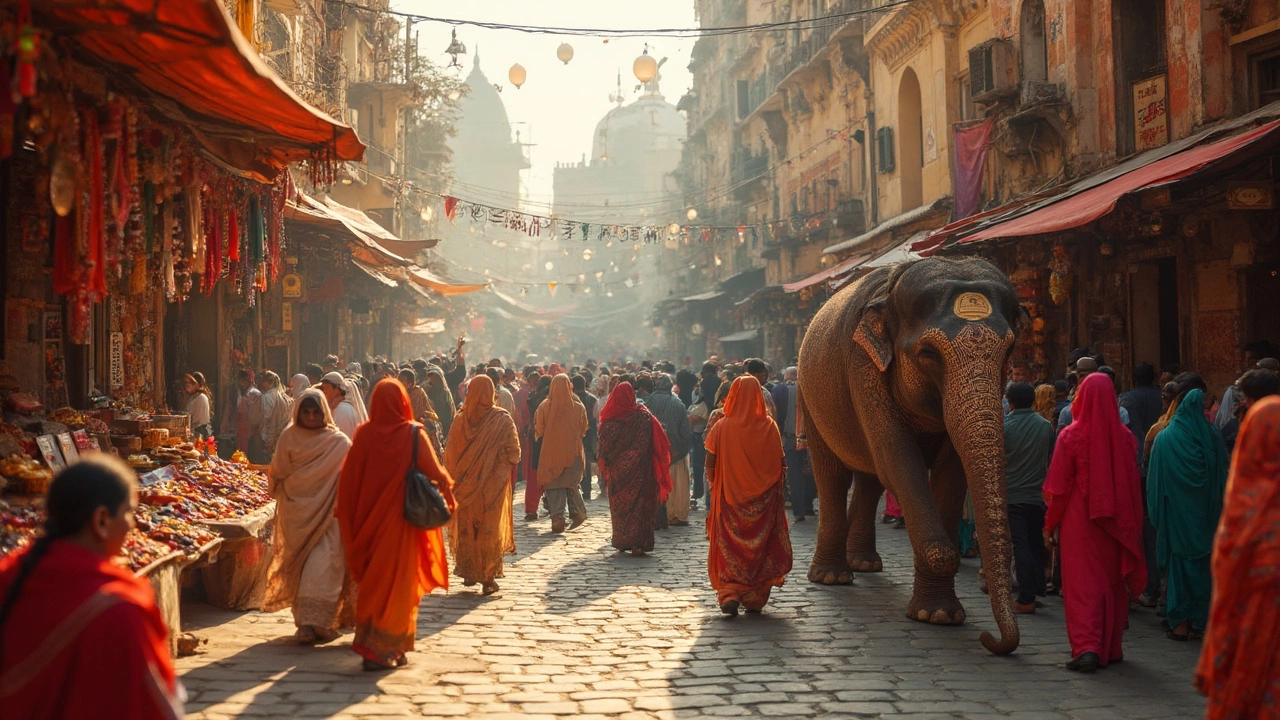Visit India: Essential Guides for Safe, Smart, and Meaningful Travel
When you decide to visit India, a country of overwhelming diversity, ancient traditions, and wild natural beauty. Also known as the Indian subcontinent, it’s not just a destination—it’s a full-sensory experience that demands preparation, respect, and curiosity. This isn’t a place you just pass through. You need to know how to move through it safely, eat without getting sick, respect sacred spaces, and choose the right trails or cities for your style of travel.
One of the biggest mistakes travelers make is assuming visit India means the same thing everywhere. The safety, food, climate, and culture change dramatically from Mumbai to Nagpur to the Himalayas. For example, UNESCO World Heritage Sites India, 43 recognized locations ranging from the Taj Mahal to stepwells and sacred forests aren’t just photo stops—they’re living cultural landmarks with rules you must follow. Then there’s Indian temples, places where dress codes, rituals, and silence matter more than any guidebook. Walk in unprepared, and you risk offending locals or being turned away. And don’t skip the health side: India vaccinations, not just a formality but a real shield against illnesses like typhoid, hepatitis, and dengue—especially if you’re on a budget and can’t afford to get sick halfway through your trip.
You’ll find posts here that cut through the noise. No fluff. Just straight talk on what’s safe in Delhi versus Mumbai, why Nagpur is called the Heart of India, how to eat street food without ending up in a hospital, and which treks need a local guide. We cover the beaches of Goa, the silence of the Himalayas, and the chaos of train rides—all with one goal: helping you actually enjoy India, not survive it. Whether you’re planning your first trip or your tenth, this collection gives you the real, practical, on-the-ground details you won’t find in glossy brochures. What you read below isn’t just advice—it’s what travelers wish they’d known before they landed.
